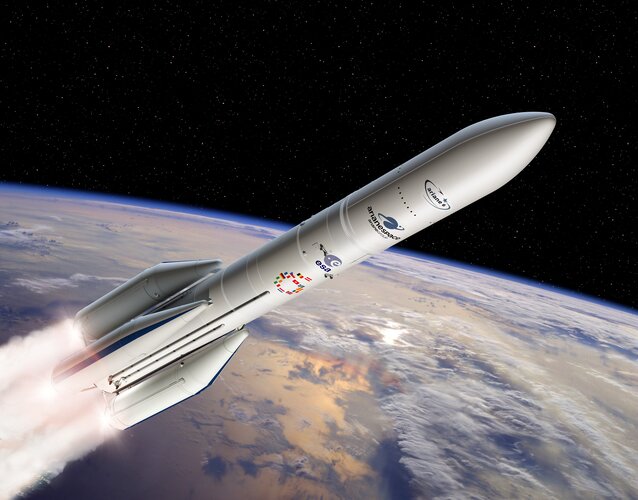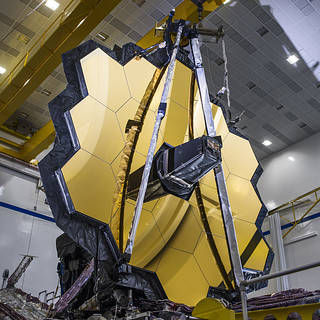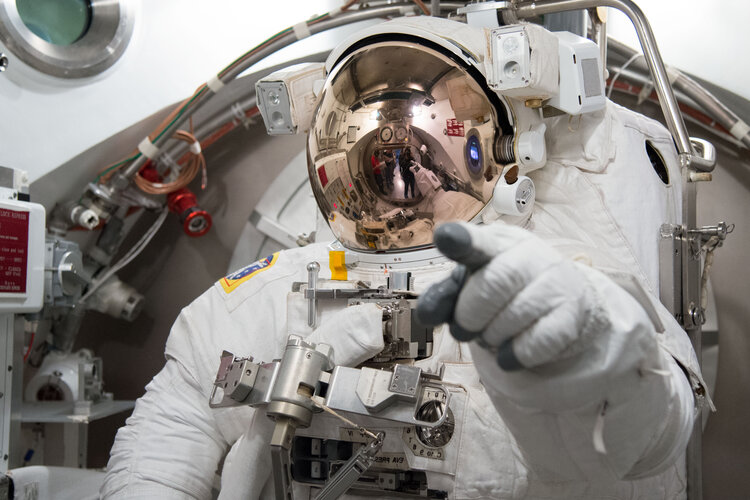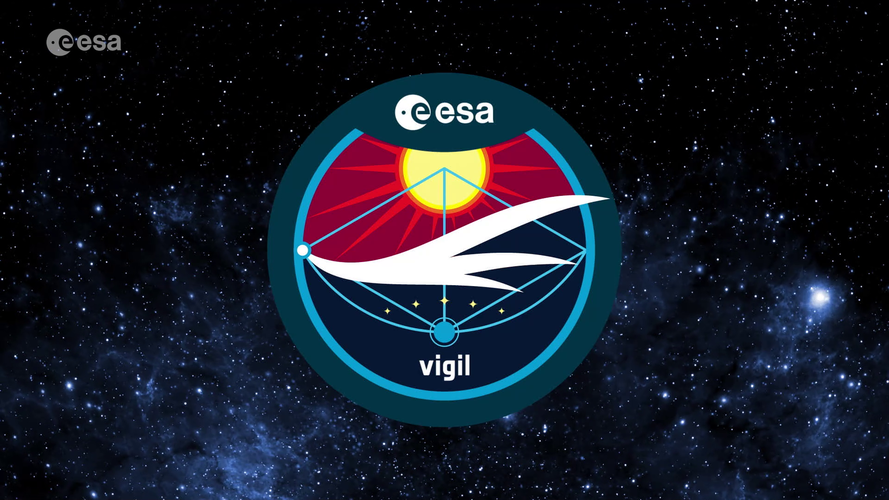
Copernical Team
The devil’s in the detail
 Image:
The devil’s in the detail
Image:
The devil’s in the detail ESA selects payloads for Ariane 6 first flight

ESA in close collaboration with ArianeGroup and Arianespace has selected payloads which best fit the profile of the first mission of its new generation Ariane 6 launch vehicle from Europe’s Spaceport in French Guiana.
Musk to give rare presentation on ambitious Starship rocket

Billionaire entrepreneur Elon Musk is set Thursday night to deliver an eagerly-awaited update on SpaceX's Starship, a prototype rocket the company is developing for crewed interplanetary exploration.
The tycoon will make his presentation at SpaceX's Starbase facility near Boca Chica, south Texas, at 8:00 pm local time (0200 GMT Friday), against the impressive backdrop of the spacecraft in its fully-stacked configuration, standing 394 feet (120 meters) tall.
It will be Musk's first detailed progress report since 2019—though he often provides small updates on Twitter—and is expected be live-streamed on the company's website.
NASA to Discuss Webb Telescope Progress, Mirror Alignment
 NASA will hold a media teleconference at 11 a.m. EST on Friday, Feb. 11, to share progress made in the early stages of aligning the James Webb Space Telescope’s mirrors.
NASA will hold a media teleconference at 11 a.m. EST on Friday, Feb. 11, to share progress made in the early stages of aligning the James Webb Space Telescope’s mirrors. New Sun Missions to Help NASA Better Understand Earth-Sun Environment
 NASA has selected two science missions – the Multi-slit Solar Explorer (MUSE) and HelioSwarm – to help improve our understanding of the dynamics of the Sun, the Sun-Earth connection, and the constantly changing space environment.
NASA has selected two science missions – the Multi-slit Solar Explorer (MUSE) and HelioSwarm – to help improve our understanding of the dynamics of the Sun, the Sun-Earth connection, and the constantly changing space environment. Artemis I – European Service Module perspective
 Video:
00:03:42
Video:
00:03:42
The Orion spacecraft with European Service Module will fly farther from Earth than any human-rated vehicle has ever flown before. This video gives an overview of the first mission – without astronauts – for Artemis, focussing on ESA’s European Service Module that powers the spacecraft.
The spacecraft will perform a flyby of the Moon, using lunar gravity to gain speed and propel itself 70 000 km beyond the Moon, almost half a million km from Earth – further than any human has ever travelled.
On its return journey, Orion will do another flyby of the Moon before heading back
Introducing ESA Vigil: Earth's devoted solar defender

Once known as Lagrange, ESA's upcoming space weather mission needed a new name that would reflect its vital role: helping to protect Earth's infrastructure, satellites, inhabitants and space explorers from unpredictable but violent solar events like solar flares and coronal mass ejections.
With 5422 submissions from across Europe and indeed around the world—and after weeks of deliberation, countless spreadsheets, three diverse and expert judges and a lively debate—a new name has been selected for our upcoming space weather mission: ESA Vigil.
Thousands of thoughtful, clever and funny names were submitted in the Agency's #NameTheMission mission contest, which ran from May to September 2021.
Once submissions closed, a team from ESA's Communication department and Space Weather Office reviewed all submissions putting a shortlist of just nine names before a panel of invited, external judges.
Armed with their top three respective choices, the judges then took part in a lively, two-hour video chat in which they made the case for their favourite and deliberated the merits of each.
Final figures show astronaut applicants from all ESA Member States

The final figures are in and the number of people who applied to ESA’s 2021-22 astronaut vacancy has been broken down by Member and Cooperating State.
The window to apply for ESA’s astronaut vacancy opened on 31 March 2021 and closed 18 June. It marked the Agency’s first call for new astronauts in over 10 years and the first-time candidates with a physical disability had been invited to apply.
New research sums up sea-level rise

Sea-level rise is arguably one of the most serious consequences of the climate crisis. While using satellite data to monitor how the height of the sea is changing provides critical evidence for decision-making, satellites are also essential to measuring the individual components, such as seawater temperature and glacier melt, that contribute to the overall rise. Confidence in the accuracy of these separate measures is key. ESA-funded research now confirms that the figures match up.
Introducing: ESA Vigil
 Video:
00:03:07
Video:
00:03:07
It’s the first mission of its kind, set to monitor our active and unpredictable Sun and help protect us from its violent outbursts – and it has a new name.
Once known as “Lagrange,” ESA’s upcoming space weather mission needed a new name that would reflect its vital role: helping to protect Earth’s infrastructure, satellites, inhabitants and space explorers from unpredictable but violent solar events like solar flares and ‘coronal mass ejections’.
During the #NameTheMission campaign, 5422 entries were submitted from across Europe and indeed around the world – and after weeks of deliberation, countless spreadsheets, three diverse and
